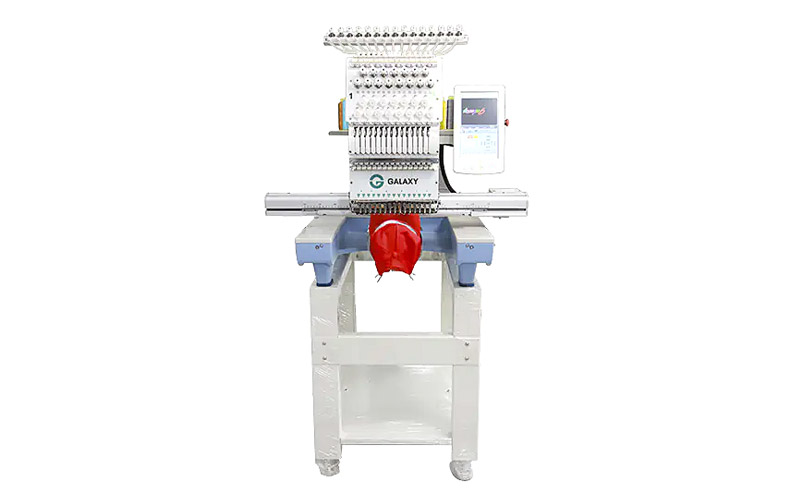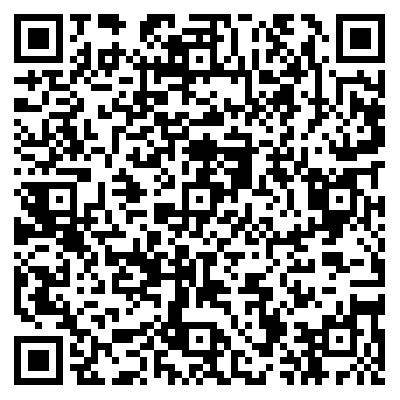Embroidery machines were first designed in the late 19th century. They are often called sewing machines, because they perform the same job as conventional sewing machines. However, embroidery stitches are done with hand-held devices that are similar to the design tools of a sewing machine. The primary difference between an embroidery machine and a sewing machine is that embroidery stitches must be stitches using the machine's motor, while all other stitches use a machine that extracts stitches from the fabric. Sewing machines can only do a specific kind of stitch.

In sewing machine embroidery, stitches are run through a machine that runs a thread through a hole and then through the fabric on the other side of the hole. A sewing machine can do either a single-chain stitch or a double-chain stitch, depending on the design needed. The type of stitch embroidery process which the sewing machine follows depends on whether the stitches are to be run with the needle or by the chain stitch. If the fabric is machine-sewn, the embroidery process is the same, but the machine can follow a different pattern.
Embroidery machines now come in three varieties: analog, digital, and computerized. Most sewing machines used in the past were analog, and could be operated with either the push of a button or a dial. Computerized embroidery machines, however, have greatly simplified the process, making it possible to complete a stitched project without using a manual lever.
Some embroidery machine features include specialized needles that spin at different speeds, allowing stitches to be run in different patterns. There are also some embroidery machine parts which are powered by electricity. Two types of electric powered machines are ball bearings and centrifugal. Centrifugal embroidery machines use air to spin the needles, and these are more commonly found in professional-grade machines.
The different embroidery machine parts include the headstock, which holds the needle; the feed table, where the fabric is passed; and the tailoring area, where the tailoring label or stencil is printed. The most important part of any machine is the headstock, which determines the level of quality of the finished product. A high-quality embroidery machine will generally have a longer headstock, which gives better support to the needle. Mid-level machines will not be able to use high quality materials, but may still be very useful for beginners. They often have less expensive feed tables and tailoring areas.
In addition to embroidery machine parts, many machines also come with embroidery designs software, which allows users to design their own embroidery designs. Most embroidery machine designs software comes with pattern maker software, which allows users to choose from pre-designed templates. These templates can be edited to include colors and styles of embroidery designs.
Most modern embroidery machines also feature automatic machine-locking mechanisms. This prevents the stitches from being moved by the machine, ensuring that they are perfectly straight and secure. This feature is especially useful for people who use custom-made embroidery designs. If the design requires moving the fabric, then this feature will ensure that the fabric is properly secured. If the embroidery design moves out of place, then the stitch will be re-stitched to the starting position, and the design will be corrected.

 English
English Español
Español عربى
عربى


